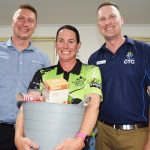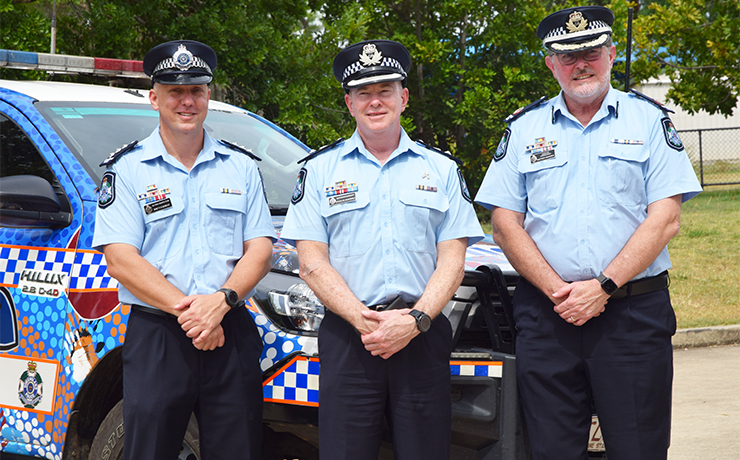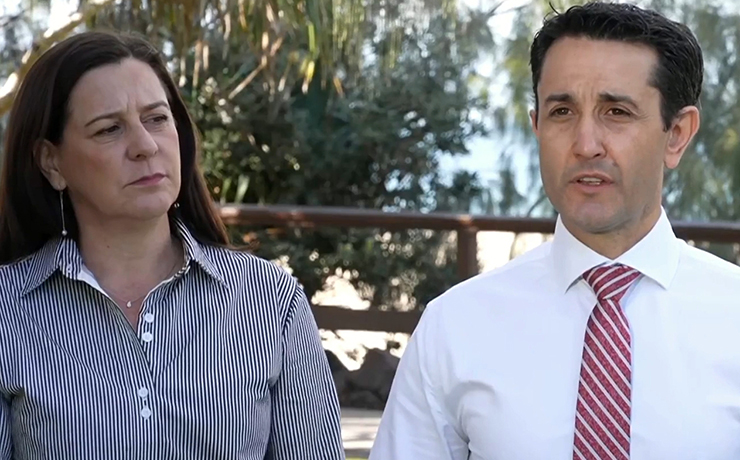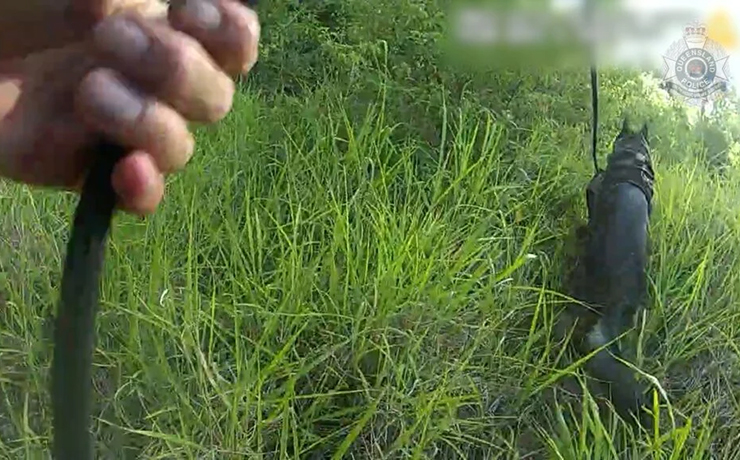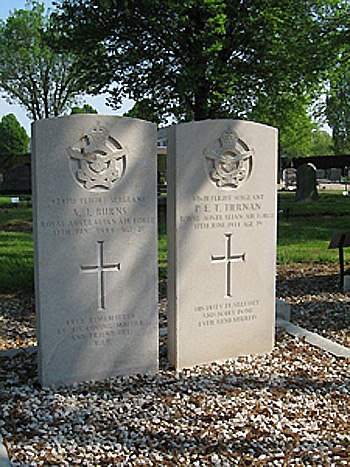
November 22, 2012
The grave of a Murgon man who died when his Halifax bomber was shot down over Holland during World War II has become the focus of an international search for information.
South Burnett Mayor Cr Wayne Kratzmann has received a letter from his counterpart of the Dutch municipality of Neder-Betuwe, which is located in the eastern Netherlands.
Burgemeester Kees Veerhoek contacted Cr Kratzmann in June hoping to locate more information about 29-year-old Flight Sergeant Patrick Edward Thomas Tiernan, the son of James and Mary Tiernan, of Murgon.
Flt Sgt Tiernan was part of a seven-man crew in a Halifax MZ 715 bomber shot down on June 17, 1944 – just 11 days after D-Day.
The plane had taken off on June 16 from Full Sutton airfield in Yorkshire as part of an assault force consisting of 162 Halifaxes, 147 Lancasters and 12 Mosquitoes which launched from several airfields to attack the Fisher-Tropsch synthetic fuel plant located at Sterkrade in the Ruhr.
The plant was a key target as it was supplying fuel to the German forces fighting in France.
On board were seven crew, including four Australians:
- Pilot Officer Alan Crain (RAAF), age 21
- Flying Officer Trevor Davies (RAF), age unknown
- Sergeant Victor Gledhill (RAF), 19
- Warrant Officer A Owen (RAF), age unknown
- Warrant Officer Alexander Braid (RAAF), 26
- Flight Sergeant Alfred Burns (RAAF), 21
- Flight Sergeant Patrick Tiernan (RAAF), 29
Flt Sgt Tiernan was a gunner on the ill-fated mission by 77 Squadron.
Allied losses during the raid were heavy. About 21 aircraft were shot down by German fighters and 10 fell victim to flak, including 22 Halifaxes; 77 Squadron RAF lost seven of its 23 Halifaxes, the most disastrous event in its history.
The bombardment had little effect on fuel production because the target was obscured by dense cloud, however 21 Germans and six foreign workers were killed and 18 homes destroyed.
Flt Sgt Tiernan’s Halifax survived the raid and was returning home when it was intercepted by a German night fighter and exploded mid-air over Dodewaard.
Warrant Officer Owen survived the explosion and was taken prisoner by the Nazis. After recovering in hospital, he was interned in a POW camp at Bankau Kreulberg in Upper Silesia and liberated in 1945.
Four crew members were buried by the Germans with military honours at the municipal cemetery in Uden, about 45km south of where the aircraft came down.
Flt Sgt Tiernan and his colleague Flt Sgt Alfred John Burns, from Lidcombe in NSW, were buried at Dodewaard General Cemetery, which is located in Burgemeester Veerhoek’s municipality.
Every year on May 4 – Dutch Remembrance Day – members of the town council, children from two local schools, Dodewaard veterans and the local World War II Memorial Committee visit the graves.
“They do this to pay their respects and in order to honour and thank these soldiers for all they have done, far from home, for the liberation of our country,” Burgemeester Veerhoek wrote.
“The Dodewaard Memorial Committee is very committed to honour the memory of (these) two Australian airmen … It is the intention of the Committee to build a memorial that portrays these two Australian heroes and their last flight.”
Burgemeester Veerhoek is looking for photographs of the two young men.
“Every year on May 4 when flowers are put on the graves and the minutes of silence are held, questions arise about who these men are and what happened to them. We know very little because when the crash took place there were only a few eyewitnesses because the village had been evacuated earlier,” he wrote.
Mayor Kratzmann read the letter to Wednesday’s South Burnett Regional Council meeting and said it was an extraordinary story.
- Related Article: Meet Murgon’s War Hero










